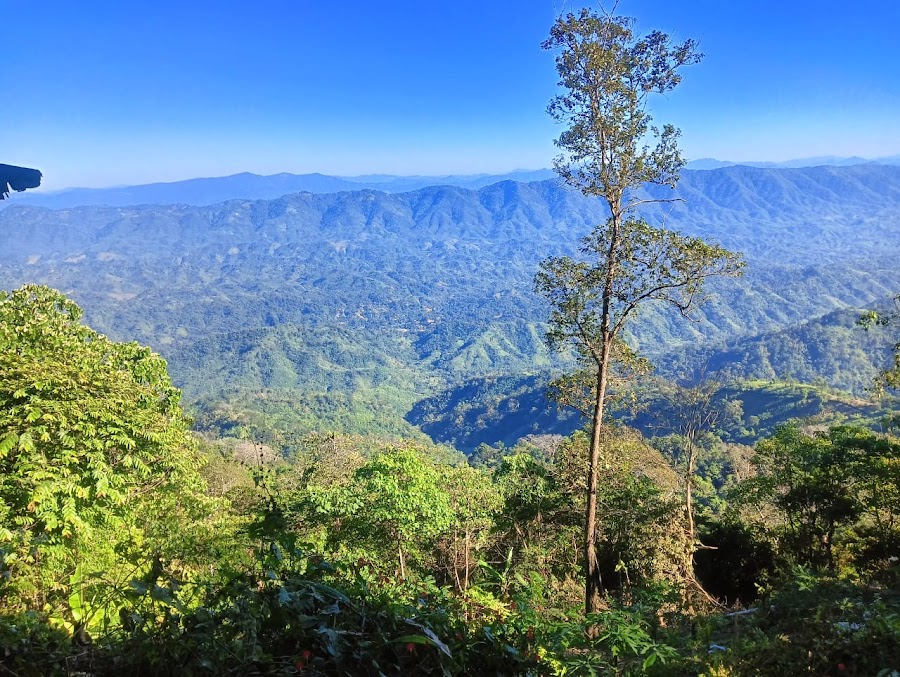
Jampui Hills
Udaipur, India
- Birdwatching in the forests
- Camping under the stars
- Enjoy the cool and refreshing climate
- Explore Mizo villages and interact with locals
- Photography of the scenic landscapes
- Trek to Betlingchhip peak for sunrise
- Visit orange orchards during harvest season
Known for:
Description:
Jampui Hills, located in the North Tripura district of Tripura, India, is a haven for nature lovers and those seeking tranquility. Known for its stunning landscapes, the hills offer panoramic views of the surrounding valleys and lush greenery. The highest peak, Betlingchhip, provides breathtaking sunrise and sunset views. The hills are inhabited by the Mizo community, adding a rich cultural dimension to the experience. Jampui Hills is also famous for its orange orchards, which burst with color during the harvest season. The cool climate and serene atmosphere make it a perfect escape from the hustle and bustle of city life. Explore the quaint villages, trek through the verdant forests, and immerse yourself in the natural beauty of this hidden gem.
History:
The history of Jampui Hills is intertwined with the Mizo community who have inhabited the region for generations. Traditionally, the hills were a relatively isolated area, with limited interaction with the outside world. The Mizo people practiced agriculture and forestry, sustaining themselves on the natural resources of the land. During the British colonial period, the area saw some administrative presence, but remained largely untouched. Post-independence, efforts were made to integrate the region into the mainstream, with improvements in infrastructure and education. Today, Jampui Hills is a developing tourist destination, balancing the need for economic growth with the preservation of its cultural heritage and natural environment. The local community plays a vital role in promoting sustainable tourism practices.